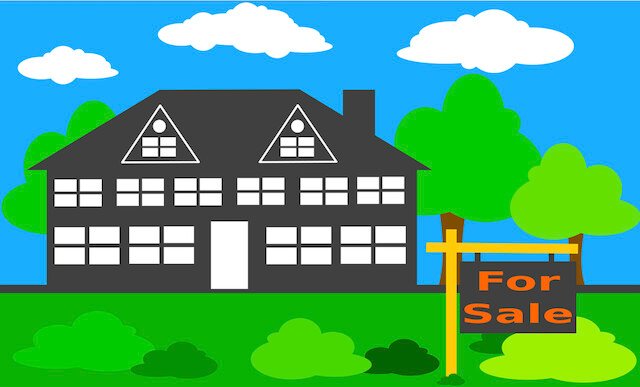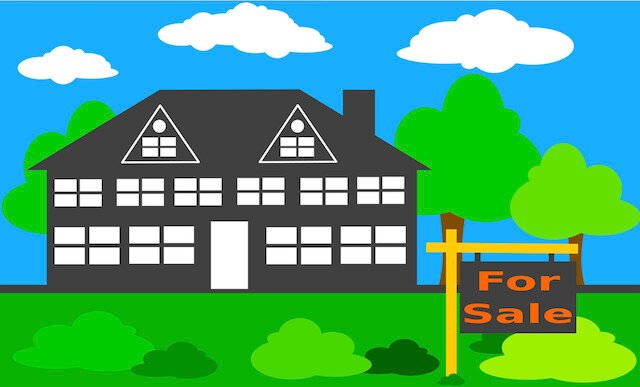
Photo: Pixabay
In our ever-evolving landscape of B.C. real estate, the last three decades saw a hurricane of progress in the approach to buying homes.
We used to go through newspapers and drive around, where each wrong turn was a chance to discover something new. Now we look at our smart phones when we should be working. Home-buying in B.C. has been revolutionized by technological advancements and changing human behaviours and expectations.
The era of information (1994-2004)
Rewind to the early 1990s when people would drive around looking for signs in neighbourhoods they were interested in, or looked through newspapers. Eventually they would contact a real estate agent and start visiting properties. The agent would find a few more listings and when the right one came up, the client would buy.
Basically what was needed was a car, a local real estate agent, print advertisements and signs. There was bad coffee at open houses, grainy pictures in the paper and the smell of cigarettes in the agent’s car.
As the Internet started to develop in the late 1990s, it changed how people searched for homes. Websites with property listings emerged, offering buyers the chance to view homes from the comfort of their own home. However, these websites were often rudimentary, with limited photos and information. It was not great…yet.
The quantum leap (2005-2015)
This time redefined the digital landscape in the real estate market. With smartphones and the proliferation of high-speed internet, real estate websites became more sophisticated. High-resolution pictures, detailed property descriptions and virtual tours started to become the norm. Power shifted from real estate agents to buyers, who now had unprecedented access to the market. (Incidentally that was how my wife, not our agent, found our home years ago.)
Buyers’ expectations also began to change. They wanted all the information and they wanted it now. We had online mortgage calculators popping up everywhere and digital mortgage applications made an appearance.
Today’s “swipe right” era (2016-present)
Things have really changed, virtual reality tours now allow buyers to “walk through” properties without leaving their homes. Big data and artificial intelligence are being used to predict (or push) market trends and suggest properties to prospective buyers based on their preferences and past behaviour.
Agents and sellers are using social media platforms for targeted advertising and engaging with potential buyers through live videos and interactive posts. With virtual tours and e-signatures, you can buy a home without leaving the one you’re in.
Keep in mind how most people find a property to buy. The reason all this is important is because in order to sell your home, you need to understand how people look for a home to buy.
Some still drive around neighbourhoods and look for signs and open houses. But the overwhelming majority look online. Typically they do a search, including parameters such as how many bedrooms, bathrooms, square feet, etc they want.
The most important factor to remember if you are selling your home though, is the price. The search can be done by individuals or, as is often the case, their agent sets it up. When a search is made, it almost always includes a maximum price—usually in $25,000 increments.
People may look a little higher hoping to negotiate a bit but if your price is too high, many prospective buyers will not see your home listed. If you are just above a $25,000 price point (i.e. $526,000) buyers looking up to $525,000 will not see your listing.
I believe pricing it right from the start is extremely important. Leaving a little wiggle room can be OK if you can still keep it under the $25,000 increment thresholds. Keep in mind, that doesn’t apply every time but it holds true often.
I see nothing wrong with picking your price and holding firm when an offer comes in. That exposes your home to as many buyers as possible and should translate into more action, and hopefully a faster sale.
Looking through the listings of sold properties, I see many sell for the list price. Remember it’s your agent’s job to explain why your home is worth the asking price, so make sure they are doing it.
In the end though, it’s your home so whether its the minimum price on the listing or there’s a little room to move, it’s your choice how much you sell it for.
This article is written by or on behalf of an outsourced columnist and does not necessarily reflect the views of Castanet.

